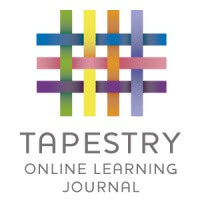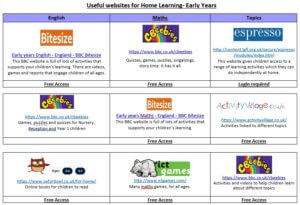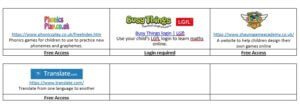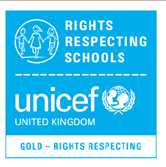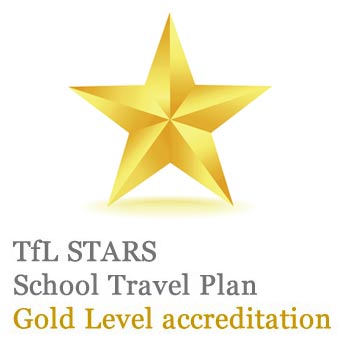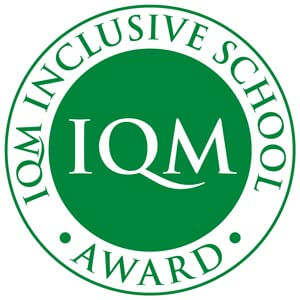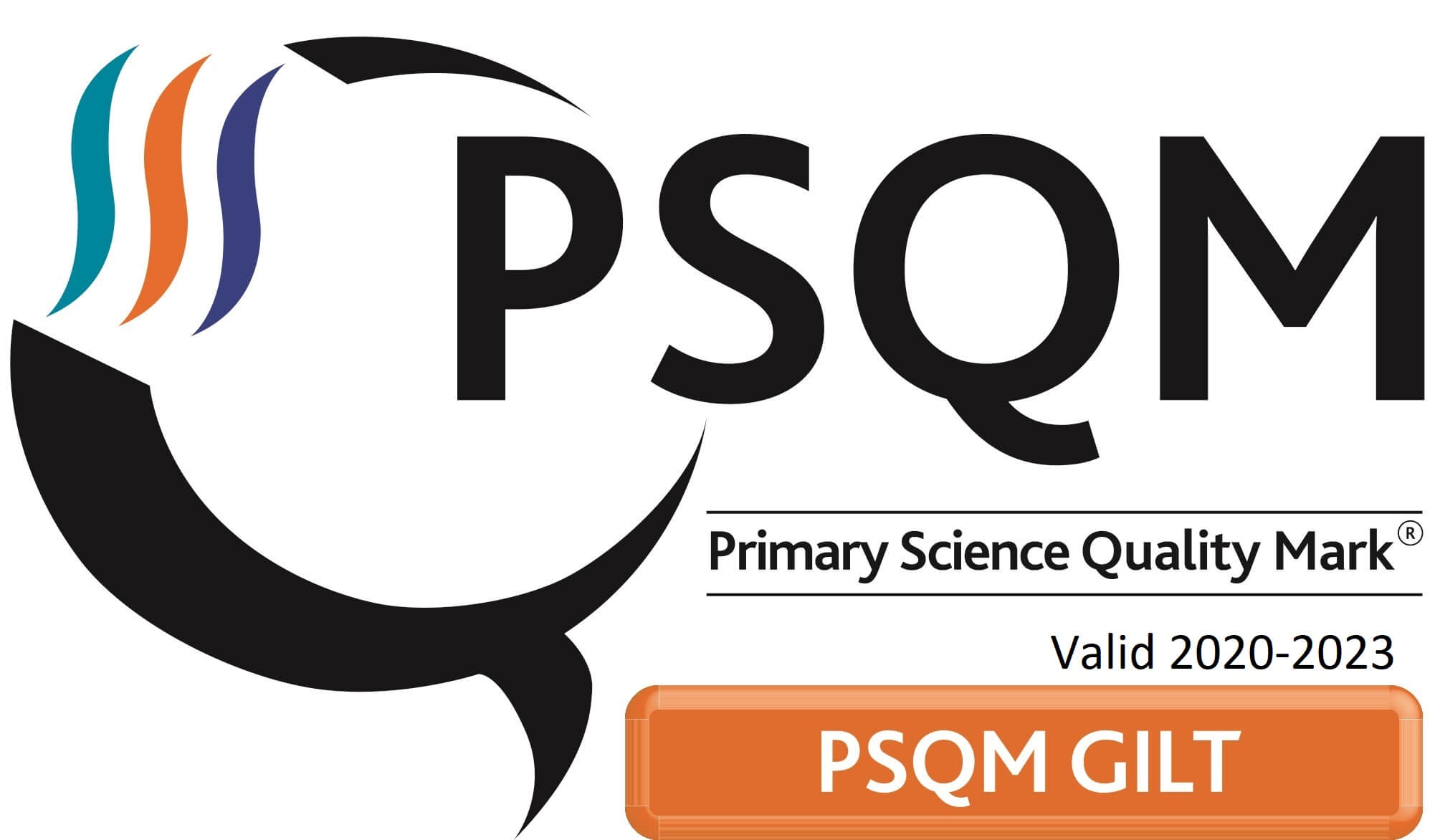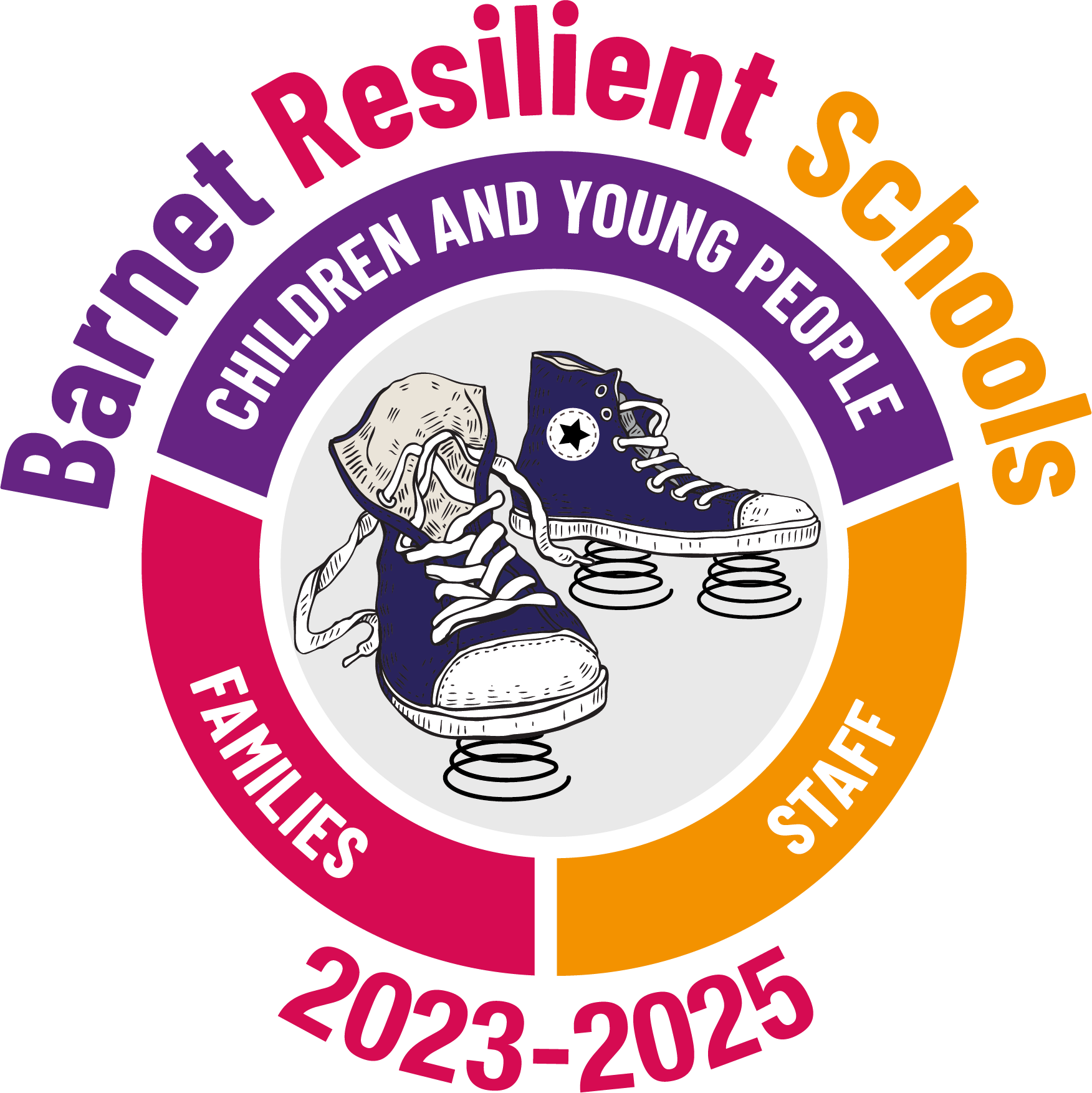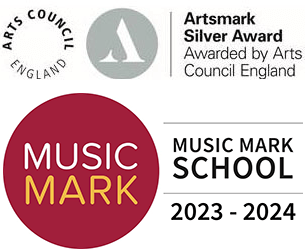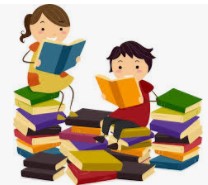 Reading at home in Reception
Reading at home in Reception
As parents, you are your child’s most influential teacher with an important part to play in helping your child to learn to read. Here are some suggestions on how you can help to make this a positive experience.
- Choose a quiet time – Set aside a quiet time with no distractions. Ten to fifteen minutes is usually long enough.
- Make reading enjoyable – Reading with your child is the best way of helping your child learn to read. It should be an enjoyable experience for all. Try not to pressurise them if they do not want to read. If your child loses interest then do something else.
- Independent reading – When your child is ready to start reading by themselves, they will bring home a phonics reader book. Encourage them to ‘sound out’ words using the letter sounds not the ‘alphabet names’. If your child mispronounces a word do not interrupt immediately, allow them to self-correct.
- Be Positive – If your child says something nearly right, to start with that is fine. Don’t say ‘No. That’s wrong,’ but ‘Let’s read it together’ and point to the letters as you say the sounds. Boost your child’s confidence with constant praise for even the smallest achievement.
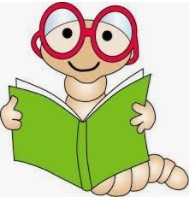
- Success is the key – If you give your child a book that is too difficult, they will struggle to read it and will begin to dislike reading. The books that are sent home from school are books your child can read successfully so they can build up lots of reading confidence. Remember ‘Nothing succeeds like success’.
- Visit the Library – Try and take your child to the public library regularly. There are many children’s books your child can borrow from Barnet’s libraries.
- Regular practice – Try to read with your child on most days. ‘Little and often’ is best.
- Talk about the books – There is more to being a good reader than just being able to read the words. Just as important is being able to understand what has been read. Always talk to your child about the book; about the pictures; the characters; how they think the story will end; and their favourite part. You will then be able to see how well they have understood and you will help them to develop good comprehension skills.
- Variety is important – Remember children need to experience a variety of reading materials e.g. picture books, comics, magazines, poems, and information books.
Brilliant Books to share at home:
Brilliant Books to Share with Your Reception Child and Questions You Can Ask
Bookmarks that can be printed off to use with your child when reading at home:
In reception, children will bring home library books to read every week. These books are for you to enjoy stories with your child, which will encourage them to develop a love for books and reading.
When your child is ready, we will send home Phonics Reader books for your child to read to you. You will receive a bookmark, which gives ideas on how to read with your child and the types of questions you can ask.
Click here to view the bookmarks.
The Home Learning folder also contains details of the phonemes and tricky words we have been learning each week in class for you to practise at home.
You are encouraged to interact with your child’s online Tapestry journal. Your child’s journal includes observations, in the form of videos and photos, of your child’s activities in class. Seeing these observations will give you an idea of the types of activities you can do with your child at home.
Click on the image below to view.
Your child’s key worker will use this information, and the information gained from in-class observations, to create Next Steps targets for your child.
The Next Steps document will provide you with suggested activities you can do with your child at home based on their individual learning needs.

